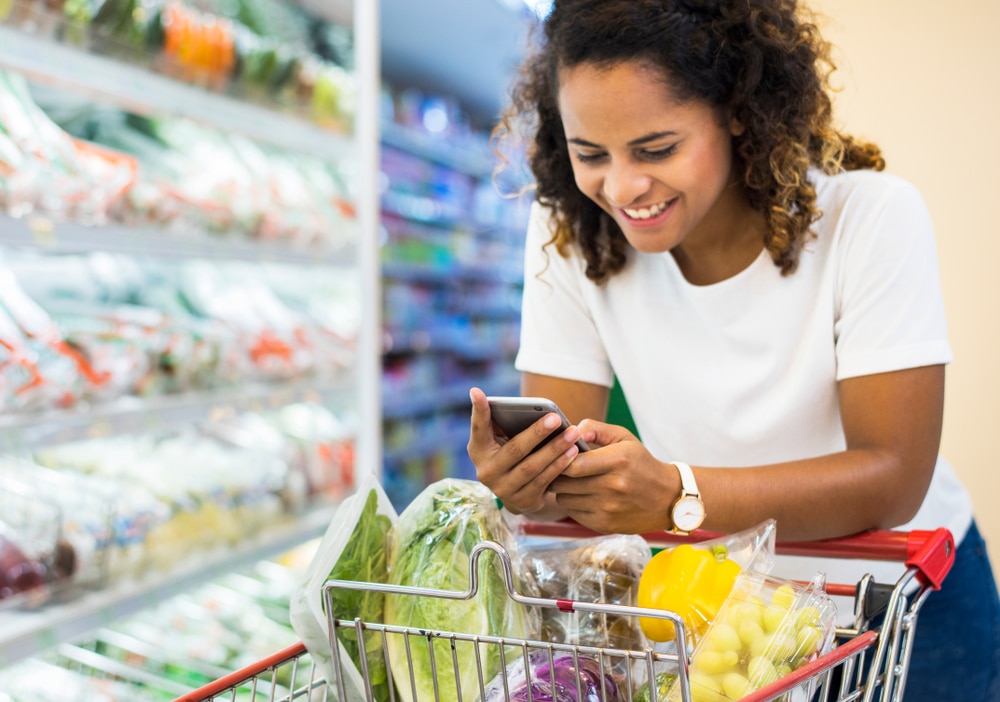Consumer Buying Behavior That Will Drive the Food Retail Industry in 2022

Consumer buying behavior in the food retail industry has been drastically altered over the past few years in more ways than one. Consumers are more conscious of what they eat, where, and how they buy their food. Considerations of health and safety and how their buying behavior affects the environment have also been observed and resulted in driving grocery purchase decisions over time.
Now that COVID-19 is showing signs of easing off, stringent health protocols and panic buying will soon be things of the past. How will consumer buying behavior change in 2022 and how will it drive the food retail industry moving forward?
The Rise of Gen Z
The rise of Generation Z, people who are born between 1997 and 2012, will deeply affect how businesses develop their strategies moving forward, especially in the food retail sector. As Gen Z’s come into adulthood carrying their core characteristics with them, such as being environmentally conscious and intelligent buyers, they are more likely to support brands that are aligned with their values. Gen Z pay close attention to brands and companies that are sustainable, have a good impact on the environment and society, and offer products that add value to their life overall.
Digital Revolution
Out of all the many trends that we have witnessed over the past years that disrupted the industry, the application of technology in food retail remains prevalent in shaping the grocery space and affecting consumer buying behavior in 2022. As consumers grow accustomed to an omnichannel shopping experience, technological innovations, such as seamless online shopping and ultra-fast delivery, will influence consumer purchases. Likewise, due to the persisting labor crisis in food retail (and elsewhere), grocers are investing in robotics, cashier-less checkout counters, and automated fulfillment centers to help alleviate the workforce shortfall.
Foods with a Purpose
Conscious eating still greatly affects buying behaviors among consumers this year. Eating healthy meals, functional foods and beverages, and foods that bring enjoyment after a stressful and anxiety-filled two years of the pandemic, will capture consumer interests. Consumers are willing to pay a few more dollars for foods and beverages that have the purpose of boosting mental health, relaxation, and reducing stress.
For retailers, these changes in buying behavior signal a new wave of opportunities to improve the in-store and online shopping experience for their consumers. This is also a good time for retailers to differentiate between the strategies that worked and those that didn’t in the past years and use that knowledge to strengthen their current business model. More factors to consider when it comes to changes in consumer buying behavior mean more avenues for food retailers to step up their game, listen more to the voices of their consumers, and align their product offerings with consumer demands.
Navigating the food retail landscape this year will be a challenging feat. But as always, we know for sure that business survival is a powerful motivator that will propel us to rise above the challenges ahead.